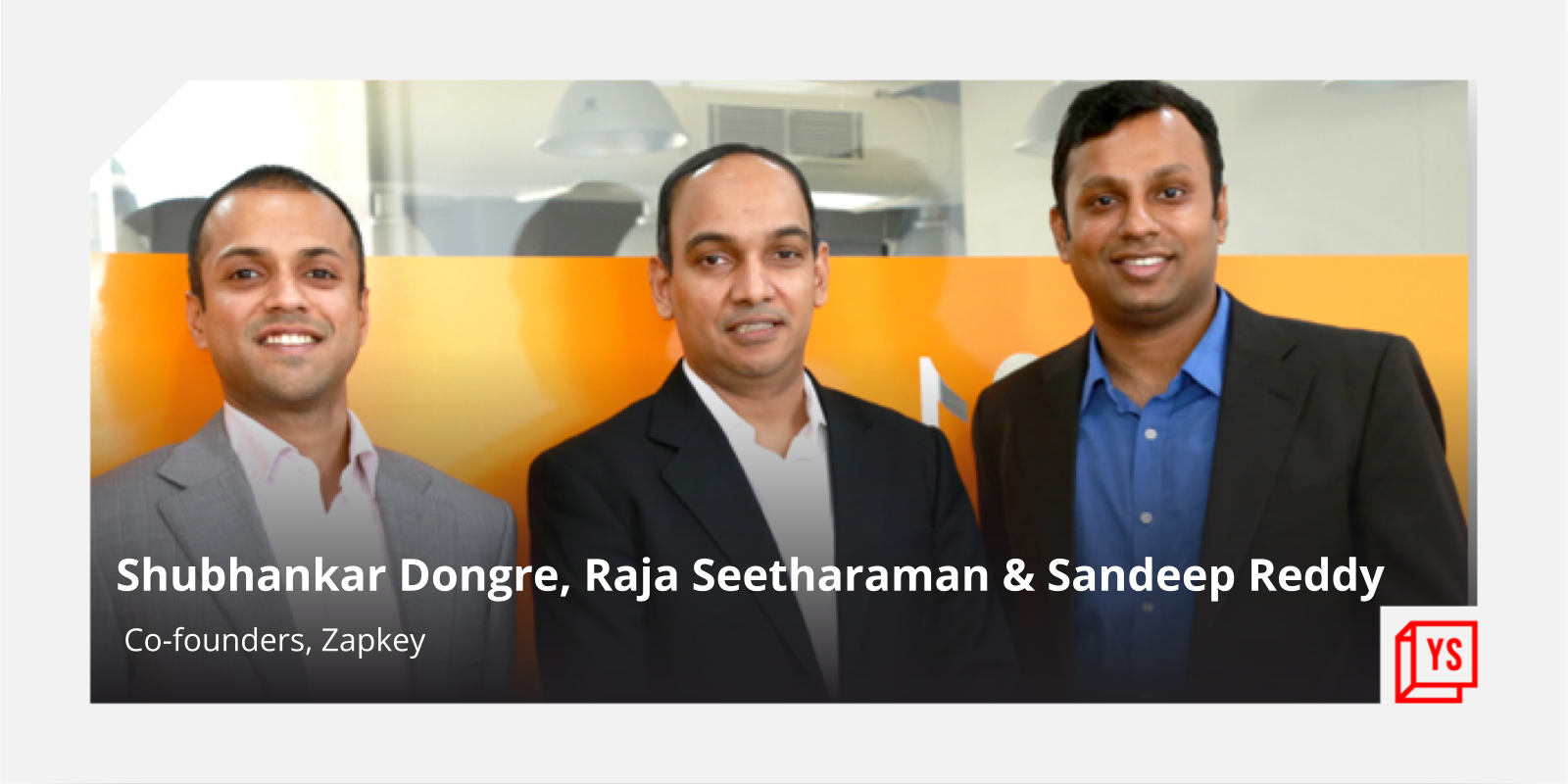Insurance for all: Exploring new frontiers in insurtech
Did you know less than 5% of Indians have insurance? Learn how financial services companies are addressing this by using tech to bring insurance to every corner of the nation.
The insurance sector in India is still reeling under the challenge of low penetration. According to the Insurance Regulatory and Development Authority of India (IRDAI), the insurance penetration in the country is 4% of its Gross Domestic Product (GDP) as of 2023. Moreover, India’s penetration is much lower than the global average of 6.8%.
However, there is some hope to realise the dream for ‘Insurance for All’ by 2047 if digital innovation is leveraged to break all barriers.
At TechSparks Mumbai 2024, prominent leaders in the insurtech space—Vibha Padalkar, MD & CEO, HDFC Life; and Sanjeev Mantri MD & CEO, ICICI Lombard, discussed the potential of digitisation and possible catalysts in this journey, besides tackling trust deficit among customers, with Vishal Gupta, CEO, Insurance.
The rise of insurtech
Padalkar believes that we are in an era where digitisation has become the mainstay across industries. Citing an example, she said 90% of their renewal premiums are machine-led—similarly, the pre-approved sum assured is also given without any human intervention. This can be largely attributed to algorithms and data mining and the study of behavioural patterns that happen behind the scenes.
In a nutshell, everything from customer onboarding to solicitation, servicing to partner integration, and risk management has digital at its core.
Mantri agreed. However, he highlighted that the insurance category continues to exist on a push basis. While insurance providers are receptive to digitisation, he believes that the ecosystem is unable to converge to what is warranted. From a process standpoint, it persists as a challenge in terms of how they make consumers adopt it.
“There are two ways in which this journey can run. One is through D2C, where we run our processes, and have a website or app through which we end up servicing our customers. The other is the digitisation of processes that come into it. In the last three to four years, both of them have undergone an extensive transformation,” he adds.
Solving trust issues
Gupta brings to the fore another hindrance that has plagued the insurtech sector for a while. Trust deficit has been a mutual roadblock—customers are worried about the complexity and fineprint of the policy, while insurers have concerns around its abuse.
It’s a chicken and egg story, believes Mantri, when it comes to the trust deficit. When a solution isn’t created in a triangulated manner, all the stakeholders can benefit. However, most solutions are skewed towards two parties–the insurer and partner. Thus, when claims fail to happen, the tendency of the product to fail is high.
For the insurance sector to ensure less fraud, strengthening of bureaus is an important aspect.
Adding to this, Padalkar advised customers to be more aware and cautious when buying insurance to reduce the cases of mis-sale. She pointed out that sometimes greed could dictate the consumers’ motivation—which is why they must check all the documentation on credible sources like the service provider’s website to avoid falling into fraud.
Catalysts to accelerate digitisation
Speakers on the panel shared the belief of the need for consistent efforts to achieve the target for ‘insurance for all’ by 2047. Mantri pointed out that there has been much work done at the end of the regulator over the last few years, which has had a considerable impact on business on the insurance side.
“At this point, there is a tremendous opportunity that is available for all of us to drive and make an impact. For me, the younger generation who is driven by gadgets and instant gratification can make a difference. Affordability is equally important. Even if you put awareness into place, my income may not allow me to buy insurance,” he concluded.









